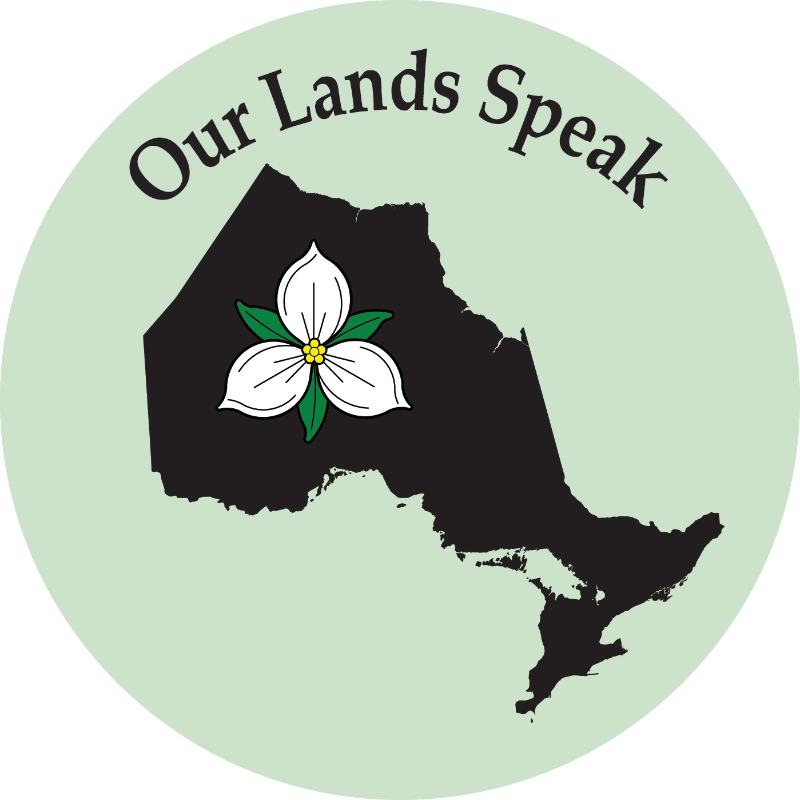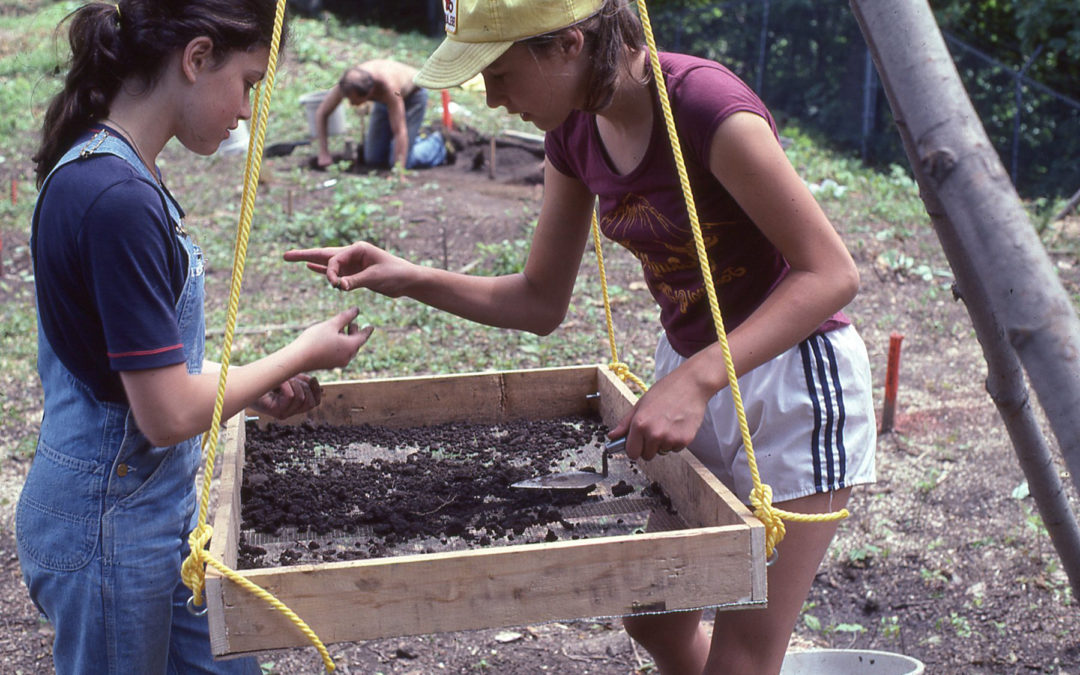The Draper site was first excavated by members of the Ontario

Archaeological Society (O.A.S.) in 1953. This work was summarized by William Donaldson, one of the members of the society in 1963.
Excavations at the site focused on that of middens. Approximately 2,500 sq. feet of the site was dug. It has been noted that part of longhouse structure was found in these excavations.

Most importantly, James V. Wright (Ontario archaeologist with the National Museum) used data on 816 rimsherds recovered by the O.A.S. in his synthesis of the Ontario Iroquoians presented in the Ph.D. dissertation entitled The Ontario Iroquois Tradition, which was published by the National Museum of Man in 1966. Rimsherds are pieces of the tops of ceramic pots which are decorated in a variety of ways. The decorations changed over the years and often had characteristics unique to the different Late Woodland villages.
In this study, Wright defined a culture historical model for the Ontario Iroquoians who occupied southcentral and southwestern Ontario. A schematic presented of this model is presented in Figure 1.
Wright classified the Draper site as one of 10 Southern Division Huron sites in southcentral Ontario which dated to the 15th century A.D.
The culture historical model developed by Wright has provided an invaluable tool for understanding the development of the Ontario Iroquoians in southcentral and southwestern Ontario for more than 50 years. As we will see in this blog and future blogs, there have been and continue to be revisions to this model. Some practitioners have rejected culture historical model in favour of suggestions that the occupation of southern Ontario is best understood by a gross chronological ordering of sites into 50-year time slots in individual drainage systems.

1998:5)
Peter Ramsden returned to the Draper site in the mid-1960s and excavated 18 projects, 16 in middens and 2 to search for evidence of longhouses. These ranged in size from 0.14 to 0.46 square metres suggesting a total excavation area of less than 8 square metres. The data from these excavations were used by Ramsden for his M.A. Thesis. This thesis provided the first detailed description of a complete collection of artifacts from the site and included a description of animal bones and plant materials recovered from his work. In his study of the pottery vessels, he noted similarities to tribes living south of Lake Ontario. These similarities may be the results of trade with these tribes. He proposes that the recovery of two projectile points, more than 2,500 years old, may represent charms that were thought to bring good luck to hunters and/or provide protection to the bearer (Ramsden 1968:125).
Ramsden also used the sample of artifacts he excavated at Draper as part of his Ph.D. dissertation which examined 28 Iroquoian sites in southcentral Ontario. This remains the most comprehensive study of “Huron” sites in southcentral Ontario.
Thank you for your continued keen interest in Ontario history. I hope you will invite your friends and colleagues to follow along too.
Kindest regards,
Bill Finlayson
William D. Finlayson, Midland, Ontario
Ontario’s Leading and Senior-Most Archaeologist and Author
